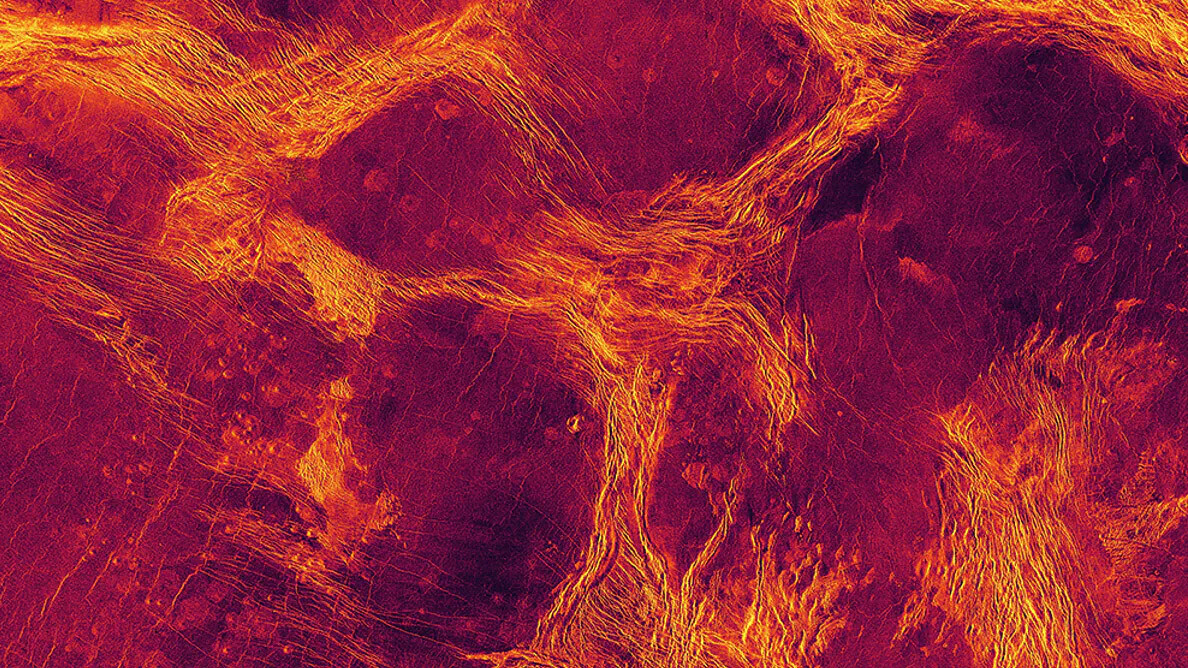All Articles for
Mantle
The mantle is a part of a terrestrial planet or other rocky body large enough to have differentiation by density. The interior of Earth, similar to the other terrestrial planets, is chemically divided into layers. The mantle is a layer between the crust and the outer core. Earth's mantle is a silicate rocky shell about thick that constitutes about 84% of Earth's volume. It is predominantly solid but in geological time it behaves as a very viscous fluid. The mantle encloses the hot core rich in iron and nickel, which occupies about 15% of Earth's volume. Past episodes of melting and volcanism at the shallower levels of the mantle have produced a thin crust of crystallized melt products near the surface, upon which we live. Information about structure and composition of the mantle either result from geophysical investigation or from direct geoscientific analyses on Earth mantle derived xenoliths and on mantle exposed by mid-oceanic ridge spreading. Two main zones are distinguished in the upper mantle: the inner asthenosphere composed of plastic flowing rock about thick, and the lowermost part of the lithosphere composed of rigid rock about thick. A thin crust, the upper part of the lithosphere, surrounds the mantle and is about thick. Recent analysis of hydrous ringwoodite from the mantle suggests that there is between one and three times as much water in the transition zone between the lower and upper mantle than in all the world's oceans combined. In some places under the ocean the mantle is actually exposed on the surface of Earth. There are also a few places on land where mantle rock has been pushed to the surface by tectonic activity, most notably the Tablelands region of Gros Morne National Park in the Canadian province of Newfoundland and Labrador and St. John's Island, Egypt or Zabargad in the Red Sea.

